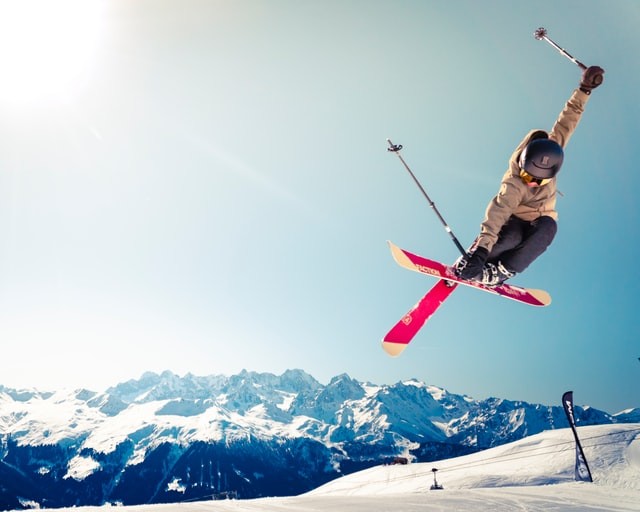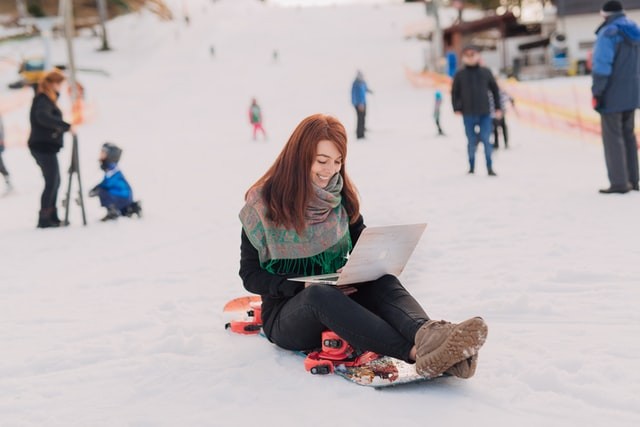
Regardless of how many years you've spent on skis, learning to snowboard is much easier if you keep your ego at the lift and stick to the green slopes of the mountain. Spend a day on a gentle slope learning how to toe turn and heel turn, and you'll be carving turns in no time.
Stretching and recuperation

While enjoying apres-ski drinks and hot tubbing, it's easy to forget that snowboarding is a serious physical activity that should be treated as if it were a regular sport. This means that stretching both before and after hitting the slopes is essential for keeping your body slope-ready and ache-free while on the mountain. After a long day of snowboarding, doing activities that promote stretching and strengthening, such as yoga, is a great way to wind down. Alternatively, you can perform some of these snowboarding stretches after you've completed your day's activities.
Drink copious amounts of water
Because of the cold temperatures, it is very easy to become dehydrated during the winter. Anyone who has snowboarded before, on the other hand, knows that it is possible to work up a sweat on the slopes and that staying hydrated is critical to staying in top shape while on the mountain. Bring an insulated water bottle filled with hot water to warm up in between runs (or cold water if you prefer it!) and sip from it frequently throughout the day to stay hydrated throughout the day.
Remember to drink plenty of water after a long day on the slopes to keep yourself hydrated throughout the evening. Winter dehydration is a serious problem, and it can be even more dangerous when participating in physically demanding activities such as skiing or snowboarding.
Make a plan for your educational advancement.
Once you've mastered all of the fundamental skills and drills we've covered in this post, you'll be able to ride down a gentle slope with greater or lesser proficiency. But what happens after that? Once you've mastered the fundamentals, it's always a good idea to consider what you'd like to learn next – whether it's riding more advanced slopes, performing jumps and tricks, riding in the backcountry, or a combination of the above. Make a list of your aspirations and use them to set goals for yourself.

To give you an example, after a couple of days of getting used to the green runs, I set a goal for myself to complete one blue run by the end of my first week, as well as to write my own guide to snowboarding tips for beginners (which is what you're currently reading!) As a result, I set a goal for myself to complete a double black run, learn to jump, and ride at least one terrain park before the season's conclusion. My progress toward some of those objectives continues, and I hope to achieve them by the end of this season.
You should consider purchasing your own snowboard, bindings, and boots as you gain more and more confidence on the slopes. This will allow you to progress even further!
When it comes to snowboarding, rental boards and equipment are typically less-than-ideal for advancing in the sport, and owning your own equipment can help you improve and grow in the sport because it is higher-quality, lighter, and tailored specifically to your needs and preferences, as opposed to renting.
Was this helpful?
Kingerlon collects & utilizes cookies from third-parties & affiliate networks to improve user experience. If you buy a product or service after clicking on one of our links, we may get a commission.









